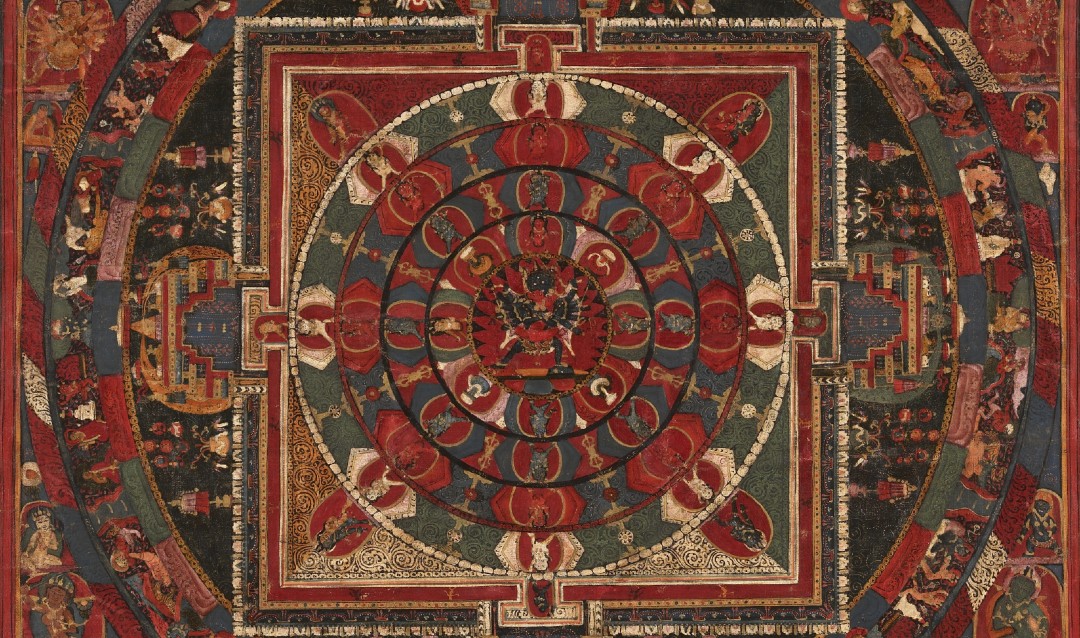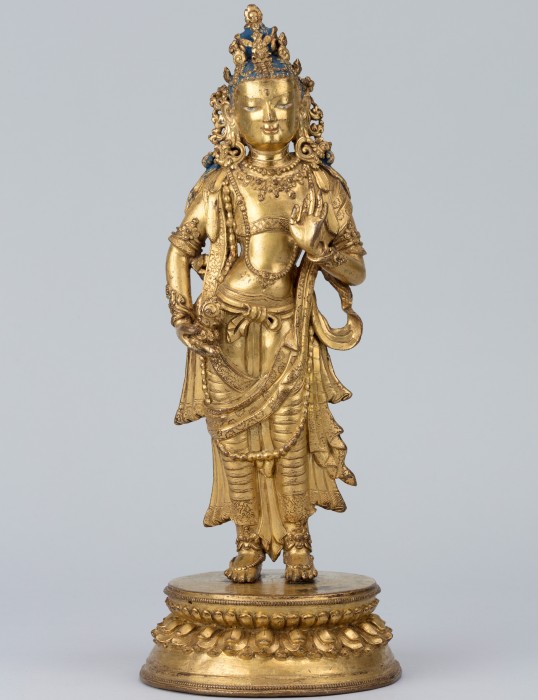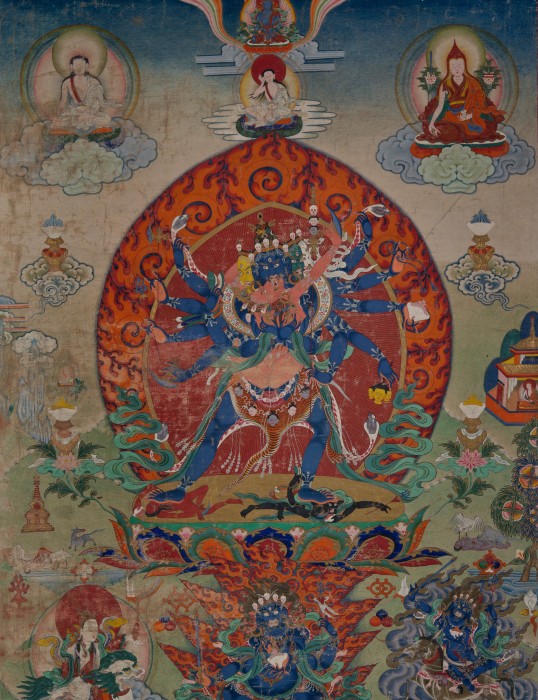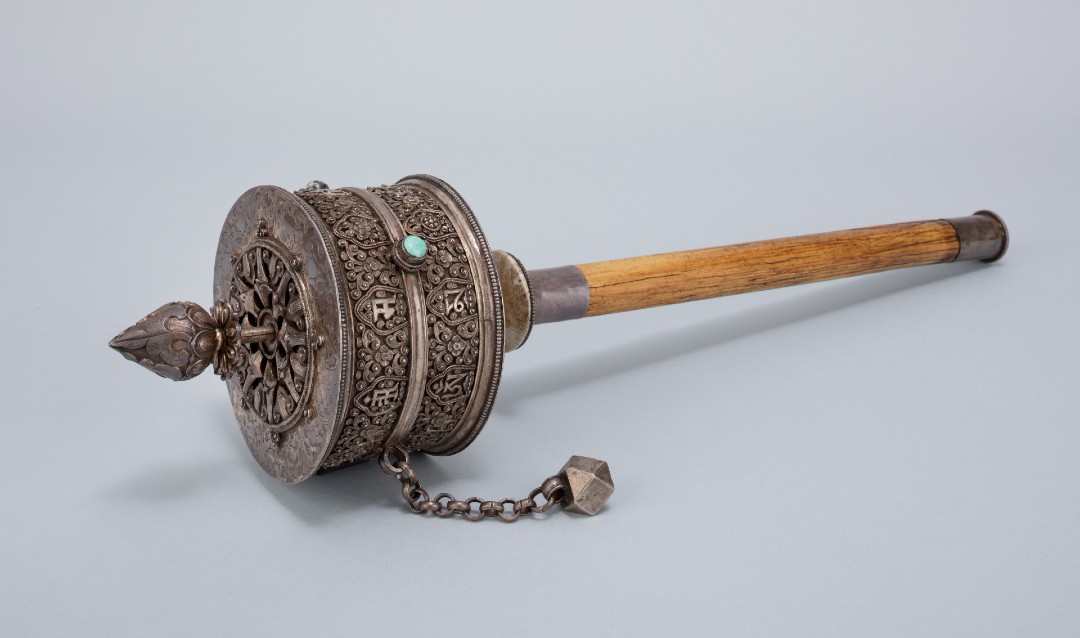“For several years it’s been a goal to build on that and to bring the Rubin’s Gateway to Himalayan Art traveling exhibition to Lehigh, to share the riches of Himalayan art more widely with all of our students and the broader campus and Bethlehem community,” Pitkin said.
The exhibition is also designed to be an accessible teaching tool and learning experience for students and faculty with no prior knowledge of the Himalayan region or art history.
“It has something to offer classes across the disciplines, with materials that connect to health, engineering, history, literature, environmental studies, the natural sciences and more,” Pitkin said.
There will be further workshops and gallery tours for students and educators as well as artistic and cultural events centered around the exhibition, she said. On April 28, Lehigh’s Asian Studies Program will hold a Spring Asian Studies Colloquium in conjunction with the exhibition.
In partnership with LUAG, Lehigh's Global Citizenship Center will use the exhibition as part of the 2023 Global Teaching and Learning Fellows Seminar, which helps faculty learn how to bring a global perspective to their teaching and use art as a pedagogical tool. From May 20-29, seven faculty members will travel to Rishikesh, India, in the Himalayan foothills, where they will be able to reflect on what it means to study abroad and how to use place-based learning in their own classrooms.
Crow believes the exhibition will have something for everyone.
“I would say these are objects that reward close looking and observation,” he said. “They are very visually dense and complex and the closer one looks, the more one sees. They often have narratives that are unfolding of complex characters, figures from the Buddhist canon and imagery.”
Crow also acknowledged that for many viewers, this will be their first introduction to Himalayan art.
“It’s an opportunity for people to enjoy these magnificent objects and determine what they take away from them, visually, through color, through body language and through symbols,” he said. “It may even cause people to reflect on how we made meaning from those types of things in our everyday lives.”
Pitkin expressed her gratitude for the Rubin Museum team for their work to bring the exhibition to Lehigh, in particular Senior Curator Elena Pakhoutova, Senior Curator Karl Debreczeny and Executive Director Jorrit Britschgi.
The “Gateway to Himalayan Art” tour will last through 2025 and make stops at the McMullen Museum of Art at Boston College, the Samuel P. Harn Museum of Art at the University of Florida in Gainesville, the Frank Museum of Art at Otterbein University in Westerville, Ohio, and the Utah Museum of Fine Arts at the University of Utah in Salt Lake City.
Sponsors for the exhibit include the Henry Luce Foundation, National Endowment for the Arts and National Endowment for the Humanities. At Lehigh, the Office of International Affairs, Asian Studies Program and Department of Religion Studies sponsored the exhibit.








